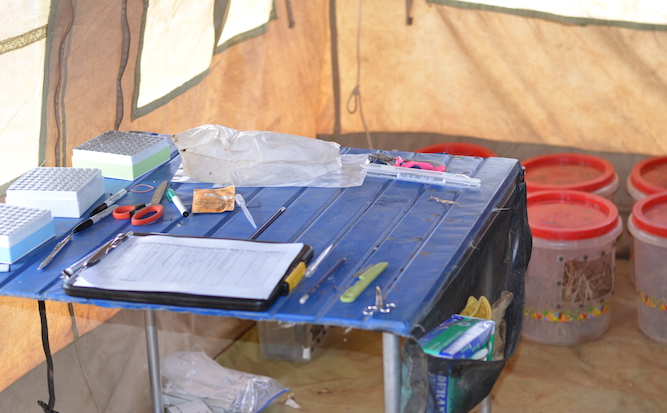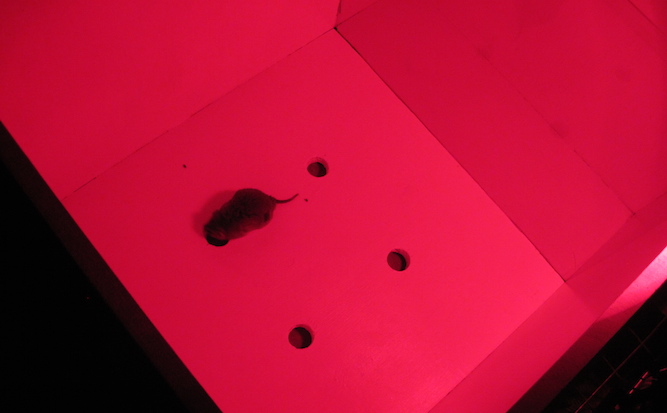Fieldwork on Zoonotic Disease in Commensal Rodents

Currently, I am focusing on the zoonotic disease potential of 25 rodent species living around Mpala Research Centre (MRC) in central Kenya. As a model environment for the origins of Middle Eastern agriculture, MRC offers excellent opportunities for testing hypotheses about evolutionary relationships between commensalism and disease risk. Similar to the sedentism of early Holocene agriculturalists in the Fertile Crescent, nomadic groups of Maasai and Turkana pastoralists around MRC are transitioning to a sedentary lifestyles. Additionally, the climate around MRC on the Laikipia plateau (1700-2000m AMSL) is relatively temperate, resembling conditions in the Fertile Crescent ca. 10,000 YBP. The 25 species of rodents living around MRC exhibit substantial variation in both their behavior and ecology, with many species invading home environments at least occasionally; these rodents are reservoirs and vectors for a large number of zoonotic diseases.

By studying the curiosity of these animals, as well as their relative preferences for human foods versus more natural diets, I hope to find an explanation for why some animals are found in homes, whiles others are not. I also hope that by gaining a fuller understanding of the motivating factors of commensalism, I can discern whether the animals living with humans pose an elevated risk for zoonotic disease emergence, relative to wild rodents.